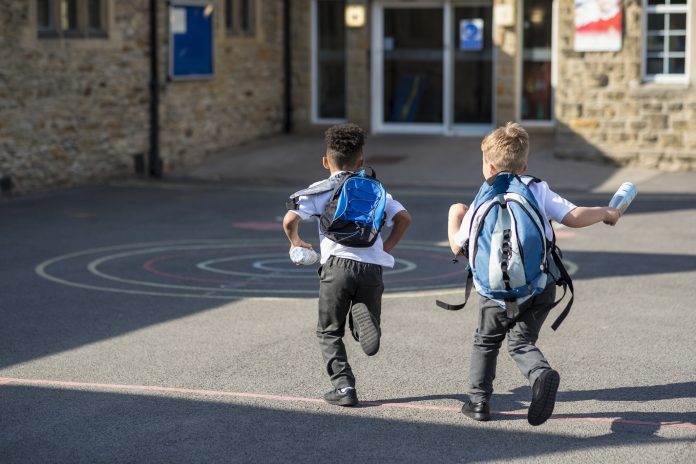Transitioning back to school after the holidays presents challenges for both pupils and teachers, but with thoughtful strategies and support, it can be a positive experience
Transitioning from the relaxed pace of holidays to the structured environment of a classroom requires adjustment and can often lead to anxiety and stress. This guide provides teachers with practical strategies to support pupils during this period, ensuring a smooth and positive reintegration into school life.
Why do pupils struggle with change and the transition of going back to school?
Transitions can be difficult for many pupils due to the significant shift in routine and environment. During holidays, children enjoy a more flexible schedule, increased leisure time, and different social interactions compared to the school setting. This change can disrupt their sense of stability and predictability, leading to feelings of uncertainty and anxiety. Additionally, some pupils may face additional challenges, such as separation anxiety, academic pressure, or social difficulties, making the transition even more daunting.
Supporting a child who struggles going back to school
Teachers need to approach the situation with empathy and understanding when supporting pupils who struggle with transition. It is crucial to recognise each child’s individual needs and triggers. Teachers should consider factors such as the pupil’s previous experiences with transitions, any underlying emotional or behavioural issues, and their overall well-being.
Creating a supportive and reassuring environment can significantly impact the pupil’s ability to cope with change. Open communication, patience, and a tailored approach are key elements in assisting these pupils.
10 things teachers can do to help pupils going back to school
- Establish a Routine:
- Reintroduce a consistent daily schedule to provide structure and predictability.
- Communicate Clearly:
- Provide clear and concise information about what to expect in the coming days and weeks.
- Create a Welcoming Environment:
- Decorate the classroom in a way that is inviting and familiar to the pupils.
- Offer Reassurance:
- Provide emotional support and reassurance, reminding pupils that it is expected to feel anxious about returning.
- Incorporate Transitional Activities:
- Use activities that gradually shift from holiday mode to school mode, such as sharing holiday experiences or setting new goals.
- Engage in Team Building:
- Facilitate group activities that promote social interaction and collaboration among pupils.
- Monitor and Support:
- Keep an eye on pupils who seem particularly anxious and offer additional support where needed.
- Use Visual Aids:
- Employ visual schedules and charts to help pupils understand and anticipate the day’s activities.
- Promote Self-Regulation:
- Teach techniques for managing stress and anxiety, such as deep breathing or mindfulness exercises.
- Encourage Parental Involvement:
- Maintain open lines of communication with parents to ensure consistent support at home and school.
Support from parents
Here are five ways parents can support their children with the back-to-school transition:
- Establish a Routine:
- Reinstate school-time routines at least a week before school starts to help children adjust.
- Talk About School:
- Discuss what children are looking forward to and any concerns they may have about returning to school.
- Prepare Together:
- Involve children in preparing for school, such as packing their school bags or picking out their clothes.
- Set a Positive Tone:
- Encourage a positive outlook on returning to school by highlighting exciting activities or seeing friends again.
- Stay Informed:
- Keep in touch with teachers to stay updated on the child’s progress and any support they might need.
The transition back to school after the holidays can be a challenging time for pupils, but with the proper support and strategies, it can also be a period of positive growth and adjustment.
Teachers play a crucial role in facilitating this transition, and by creating a supportive and structured environment, they can help pupils navigate this change successfully. Collaboration with parents and empowering pupils to take an active role in their transition can further enhance the process, ensuring a smooth and productive return to the classroom.











